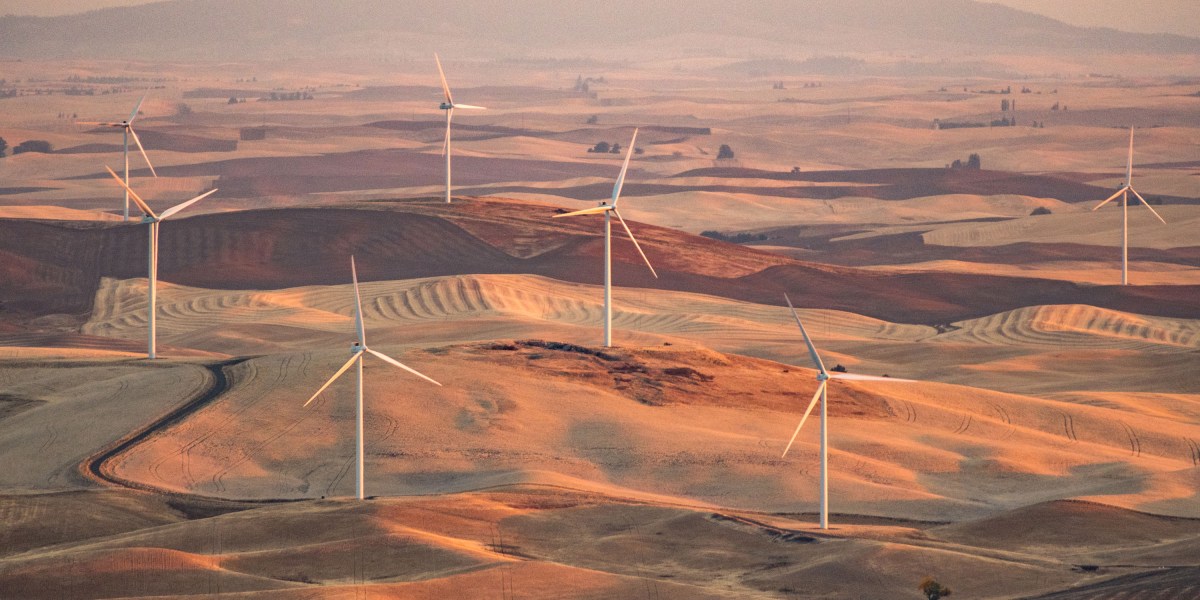MIT Technology Review’s guest opinion series, offering expert commentary on legal, political and regulatory issues related to climate change and clean energy. You can read the rest of the pieces here.
The current 90-day pause on rolling out most of the administration’s so-called “reciprocal” tariffs presents a critical opportunity. Rather than defaulting to broad, blunt tariffs, the administration should use this window to align trade policy with a focused industrial strategy—one aimed at winning the global race to become a manufacturing powerhouse in next-generation energy technologies.
By tightly aligning tariff design with US strengths in R&D and recent government investments in the energy innovation lifecycle, the administration can turn a regressive trade posture into a proactive plan for economic growth and geopolitical advantage.
The president is right to point out that America is blessed with world-leading energy resources. Over the past decade, the country has grown from being a net importer to a net exporter of oil and the world’s largest producer of oil and gas. These resources are undeniably crucial to America’s ability to reindustrialize and rebuild a resilient domestic industrial base, while also providing strategic leverage abroad.
But the world is slowly but surely moving beyond the centuries-old model of extracting and burning fossil fuels, a change driven initially by climate risks but increasingly by economic opportunities. America will achieve true energy dominance only by evolving beyond being a mere exporter of raw, greenhouse-gas-emitting energy commodities—and becoming the world’s manufacturing and innovation hub for sophisticated, high-value energy technologies.
Notably, the nation took a lead role in developing essential early components of the cleantech sector, including solar photovoltaics and electric vehicles. Yet too often, the fruits of that innovation—especially manufacturing jobs and export opportunities—have ended up overseas, particularly in China.
China, which is subject to Trump’s steepest tariffs and wasn’t granted any reprieve in the 90-day pause, has become the world’s dominant producer of lithium-ion batteries, EVs, wind turbines, and other key components of the clean-energy transition.
Today, the US is again making exciting strides in next-generation technologies, including fusion energy, clean steel, advanced batteries, industrial heat pumps, and thermal energy storage. These advances can transform industrial processes, cut emissions, improve air quality, and maximize the strategic value of our fossil-fuel resources. That means not simply burning them for their energy content, but instead using them as feedstocks for higher-value materials and chemicals that power the modern economy.
#targeted #policies #blunt #tariffs #drive #American #energy #dominance
